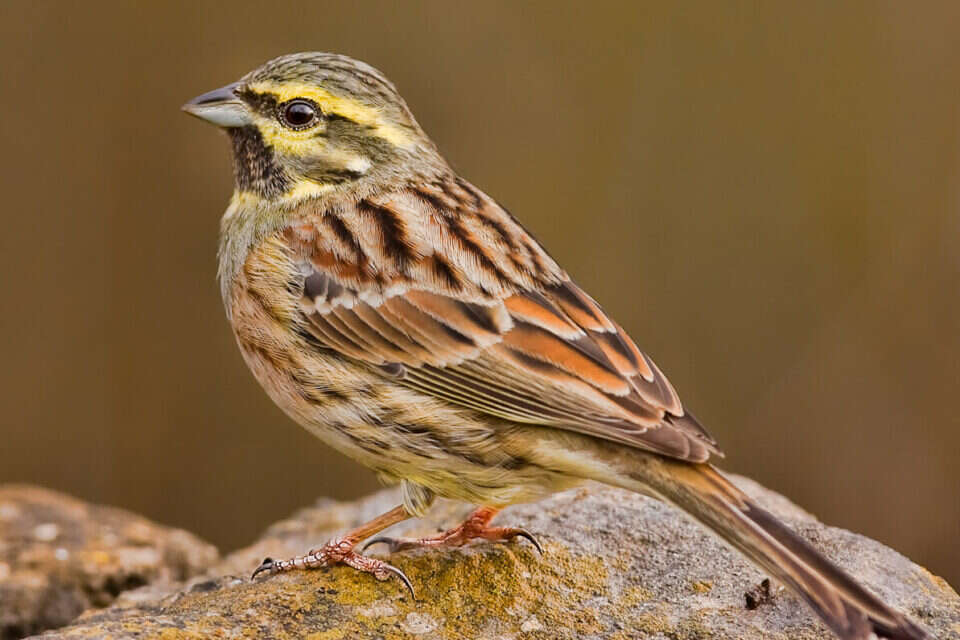Language is considered a unique characteristic of human beings, and with it the ability to learn a new language when working from one place to another or from a population that speaks a certain language to one that speaks another language.
But now it turns out that even animals - or, more precisely, songbirds - are capable of learning new 'languages'.
We used Claude to tell about the discovery.
A study by four researchers from different British institutions published late last year in the journal Conservation Science and Practice found that songbird chicks are able to successfully learn different "dialects" - that is, different chirping sounds - which they need to communicate and survive when they are moved to new habitats as part of conservation programs .
The study focused on chiral gibbons, a subspecies of the gibbon whose chicks have been moved from Devon to Cornwall by the Royal Society for the Protection of Birds.
Because gibbon chicks learn 'songs' from adults, scientists tested whether the transplanted chicks could develop the chirping pattern characteristic of the region to which they were transplanted.
Initial recordings in 2011 showed that the Cornish population had different chirps to those of the birds from Devon.
However, surveillance recordings from 2019 revealed that gibbons in Cornwall have developed a variety of chirp types that match the local population.
The study suggests that the cultural "bottleneck" from moving birds between regions can be temporary, and resolved as the population grows.
In the case of Cornwall, the success of the Devon chicks to integrate into the local population increased their number from 9 to 65 pairs within a decade.
However, the researchers say that each species' song development needs still need to be considered when planning bird migration between regions.
Were we wrong?
We will fix it!
If you found an error in the article, we would appreciate it if you shared it with us

